What's the craic? My name is Deirdre 👋
Do you have some extra time on your Ireland vacation? Lucky you!
My advice is to spend that time exploring Ireland's capital city. It's my hometown, don't you know.
Dublin boasts world famous sights and a well-worn tourist trail. But in true Vagabond style, I'd encourage you to head off the beaten track.
There's nothing quite like getting away from the crowds and seeing a different side of the city before you head off on your small-group tour of Ireland with us.
So read on, intrepid traveller, I'm an expert local and you're about to fall in love with Dublin!
Meander Up Moore Street 🌼
You'll find a real fusion of new and old Dublin on Moore Street.
This inocuous thoroughfare is neither grand nor beautiful. It lies close to the centre of northside Dublin; between the busy pedestrianised shopping area of Henry Street and the broad and historic O'Connell Street.
Want to hear real Irish accents? Simply chat to a Moore Street market vendor.
Many can trace their Moore Street heritage back generations. They're easily identifiable by their sing-song calls to buy their goods.
You'll hear them before you see them!
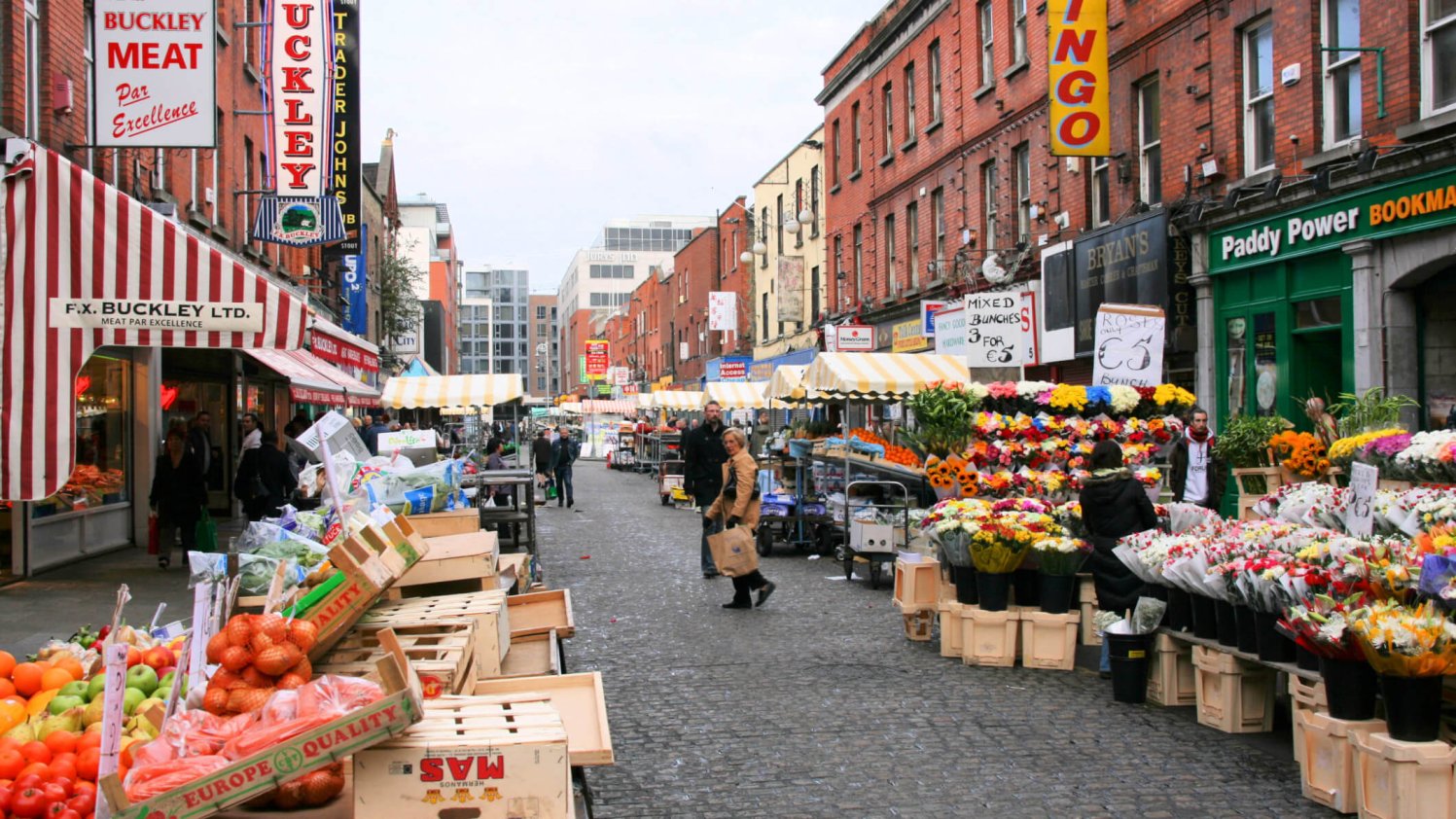
In recent years, Moore Street has become a cultural melting pot.
While the market vendors are as close to traditional Dublin as it gets, many of the businesses that line the street are not what you might think of as traditionally Irish. Nigerian salons and Pakistani restaurants trade alongside Middle Eastern butchers.
Dubliners with Chinese, African and Asian heritage have brought a new vibrancy to this cobbled street with ethnic shops, hairdressers and restaurants.
What's more, this tiny corner of Dublin is a historic battlefield too. During the 1916 Easter Rising, Irish rebels tunneled through a row of houses to make their final surrender here.
If you want to learn more about the fascinating history of Dublin, joining a historical walking tour and get some insight from the locals.
Cycle Around Georgian Dublin 🚲

Dublin boasts an amazing streetscape. Elegant bridges criss-cross canals beside plentiful green spaces and beautiful architecture. We think the best way to explore is by bike.
To get yourself a rothar, check out the Dublin Bike Scheme - you'll need a credit card to sign up. Dublin Bikes are located at docking stations all around the city centre.
Alternatively, Bleeper Bikes can be found anywhere. You'll need to download their iOS app or Android app to get started.
Taking a closer look at Dublin's Georgian architecture?
During its heydey in the 18th century, wealthy Dubliners erected civic buildings, houses and public squares on both sides of the River Liffey.
On your visit, look up at one of Dublin's elegant townhouses to admire the city’s classic Georgian buildings. Georgian architecture is characterized by semi-circular doorways, colourful doors, thick pillars and red brick.
Another detail you may notice is the gradual reduction in window size towards the roofline; this gives the optical illusion of the buildings being taller than they are.
The best examples of Georgian architecture in Dublin include Merrion Square and Fitzwilliam Square. Passing by Fitzwilliam Square? Don't miss the Georgian House Museum.
14 Henrietta Street's Tenement Museum is also well worth checking out for a glimpse inside Georgian life.
Leisurely Southside Strolls ⛲
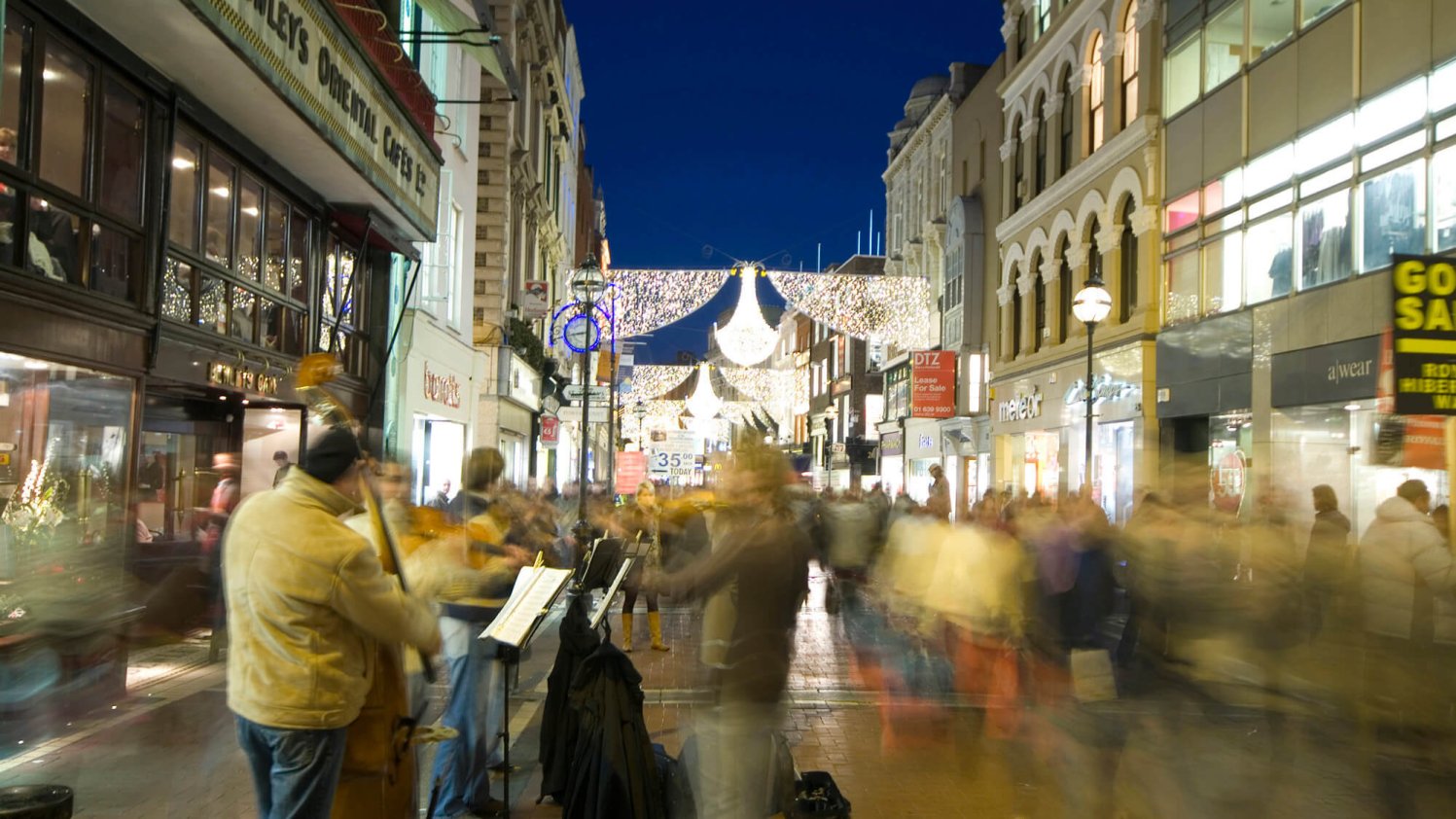
Grafton Street is a great starting point to take in the hustle and bustle of Dublin.
Fully pedestrianised, with flower stalls, street performers and department stores, you can count on electric energy here at any time of day or night.
Feeling adventurous? Follow the narrow streets and alleyways leading off Grafton Street to unearth independent shops, cafés and markets.
Less than 5 minutes from Grafton Street, George's Street Arcade is the longest continually trading shopping centre in Europe. It's a haven for shoppers with quirkier tastes.
Need a break from the excitement of Grafton Street? Grab a coffee and head to St Stephen's Green.
This city park is a popular spot with Dubliners and visitors alike. Chill on a bench with a coffee. Or feed the resident ducks at your leisure.
Explore By Train 🛤️
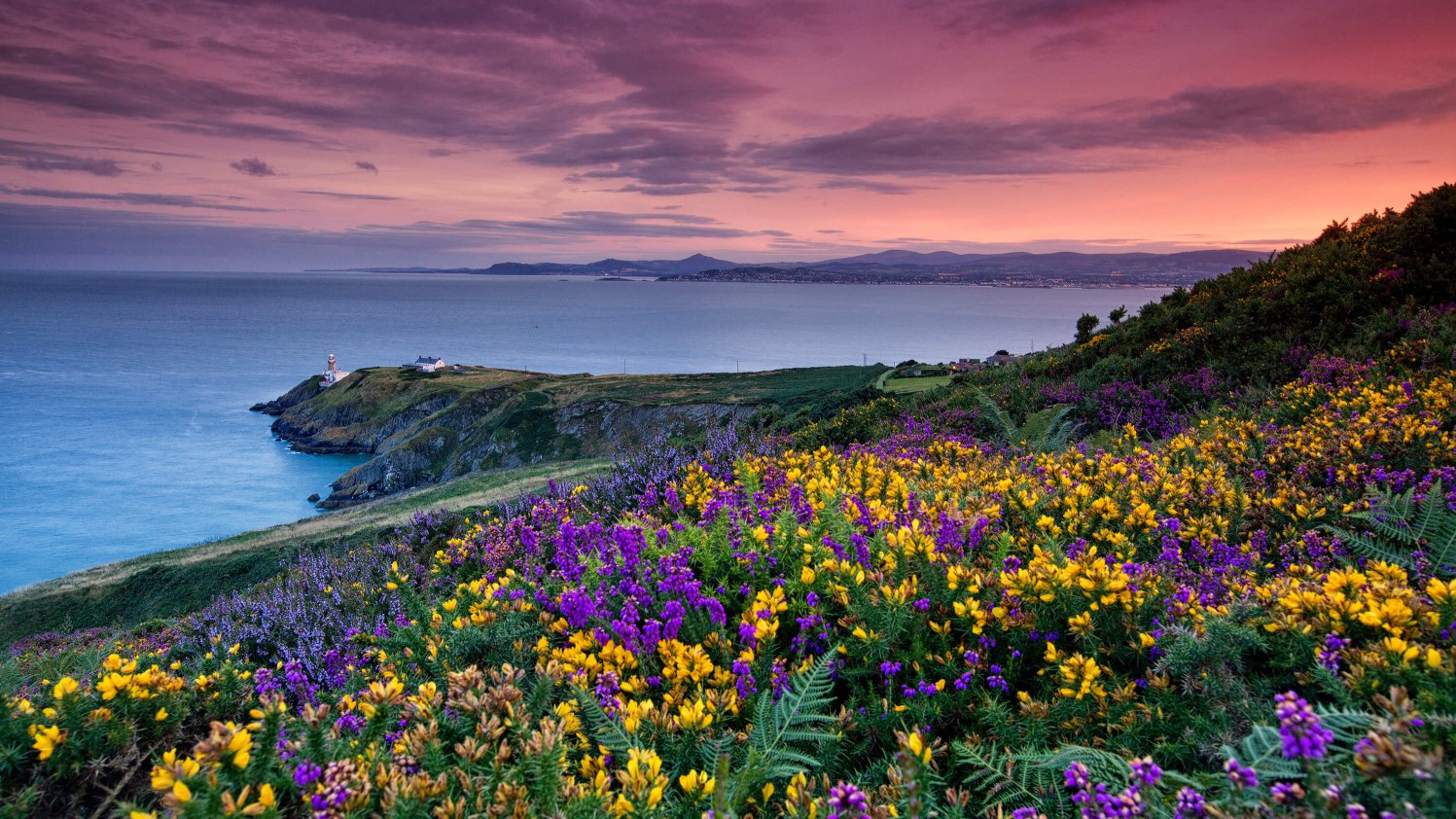
Looking to get out of the city? A quick hop, skip and jump brings you to villages and hikes on Dublin's gorgeous coastline.
If you want to let someone else do the driving and organising, there are a number of different day tours from Dublin you can choose from that visit stunning locations such as Glendalough, Powerscourt, Kilkenny, Newgrange or even Bunratty Castle.
The DART is Dublin's light rail system. It circuits Dublin Bay, linking the city centre area to northern and southern coastal suburbs. Check Irish Rail for schedules, route maps and fares.
Head north to seaside Howth for fantastic fresh seafood and a beautiful coastal path over Howth Head. This 4-mile hike boasts stunning views of Dublin Bay and Lambay Island, an early landing spot for Vikings.
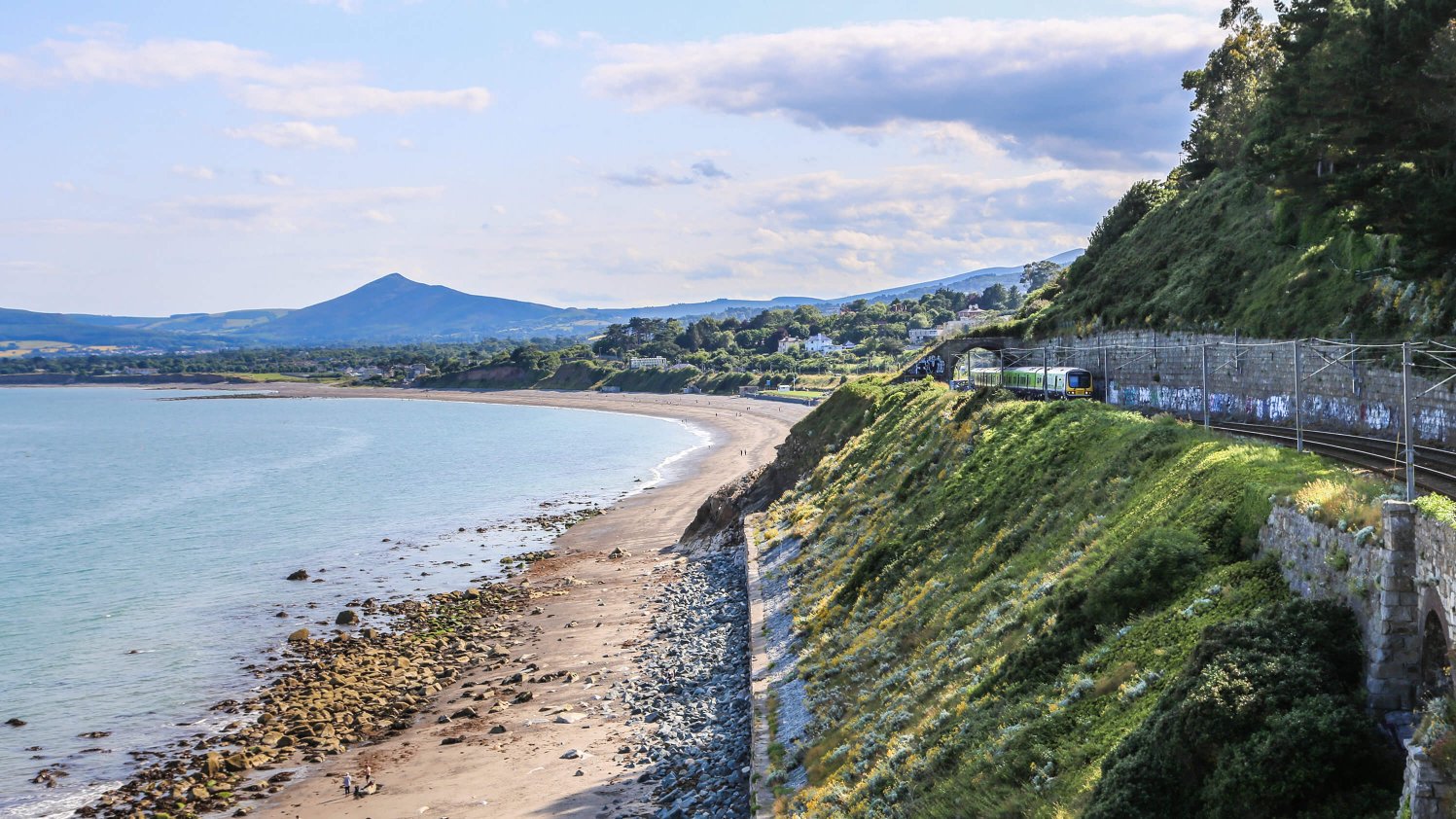
Still South I Went...
Heading south, you've got plenty of options. Dalkey features a charming village centre with atmospheric pubs and a medieval castle. The Forty Foot at Sandycove/Glasthule is a popular swimming spot for Dubliners (and, incidentally, the starting point for James Joyce's Ulysses).
Further south still, a popular hike leads above cliffs and seabirds from the Victorian seaside resort of Bray to the picturesque harbour town of Greystones. Both Bray and Greystones have DART train stations and loads of great food options.
For more destination ideas, read our dedicated blog: 7 Easy Dublin Day Trips By Rail, Bus Or Tram
Free & Fantastic Dublin Museums 📜
We recommend a visit to Dublin museums. Best news? Nearly all have free admission.
See work by Caravaggio, Monet, Jack B. Yeats and other great artists at the National Gallery of Ireland. Adjoining is the Natural History Museum - or 'The Dead Zoo', as Dublin slang knows it!
Come face-to-face with Viking raiders and ancient bog bodies at the gold-stocked National Museum of Archaeology.
Over on the north side of the river is the fantastic National Museum of Decorative Arts & History. The museum building here is an artifact itself, housed in a former army barracks named after independence hero, Michael Collins.
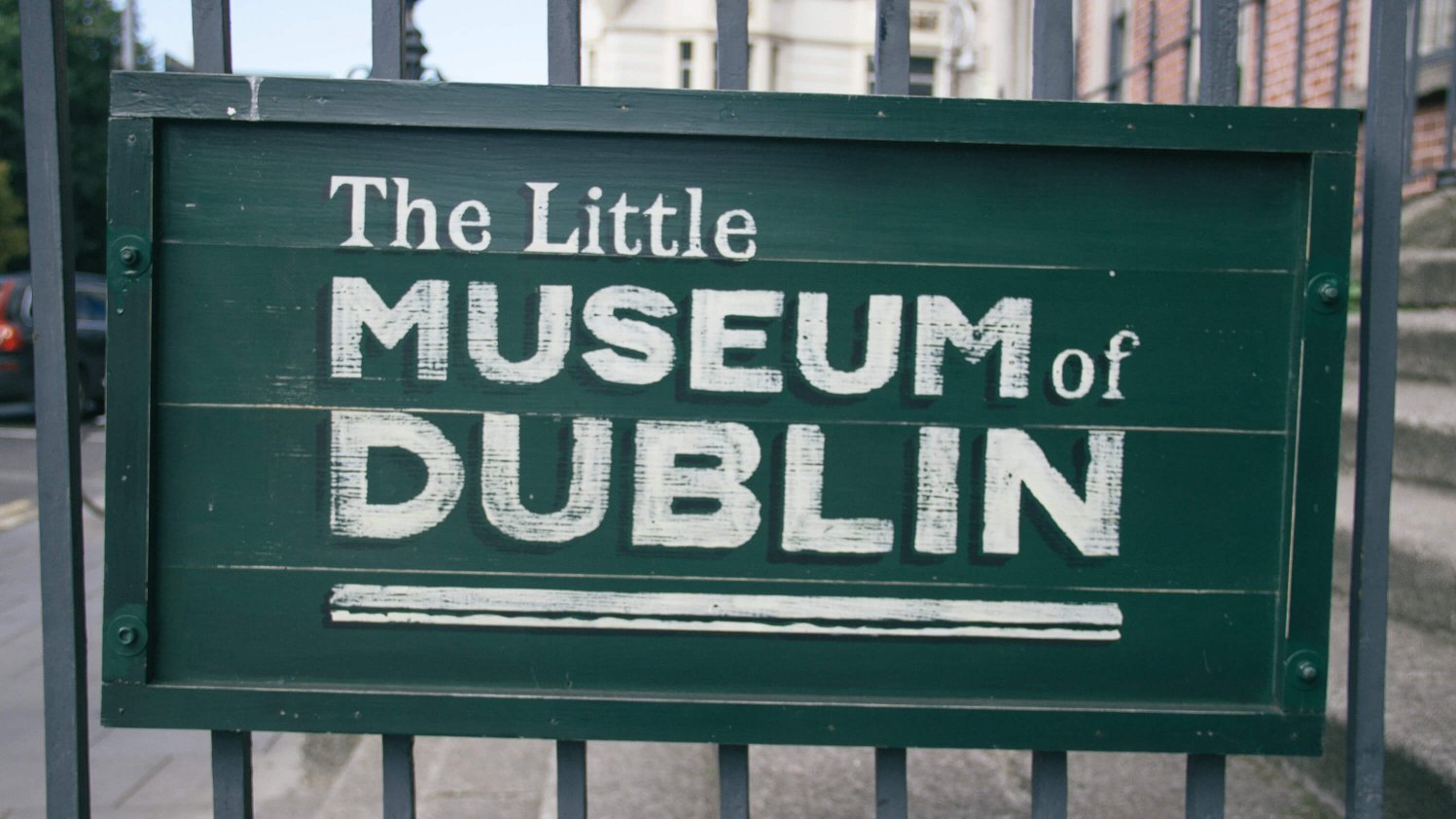
The Chester Beatty Library is another must-visit. See exotic artistic treasures from across Asia, medieval Islamic empires, and elsewhere. This amazing collection was compiled by Irish-American Alfred Chester Beatty (1875-1968).
The compact Little Museum of Dublin tells the amazing tale of Dublin in the 20th century. Don't miss the entire room dedicated to the band U2. Adults pay €10 admission; seniors €8. And, if you are a huge U2 fan, don't forget to take a tour of Windmill Lane Recording Studios where the band recorded their early albums.
Finally, the EPIC museum is not to be missed. Learn why10 million people left Ireland, and the impact they had throughout the world. The museum has consistently voted one of Europe's leading tourist attractions so be sure to book your tickets early if you plan to visit.
Explore and compare lots more Dublin activities with KAYAK's Dublin Travel Guide
Photo credit:







